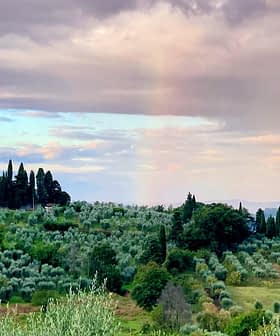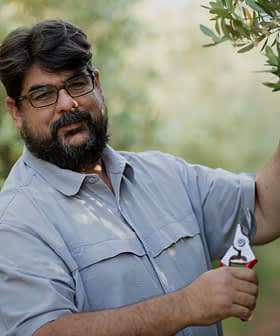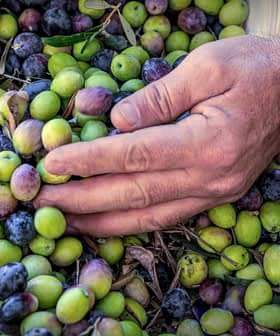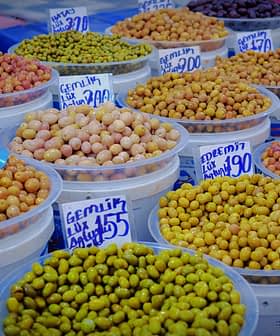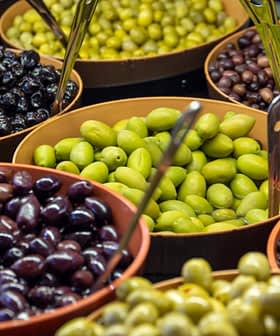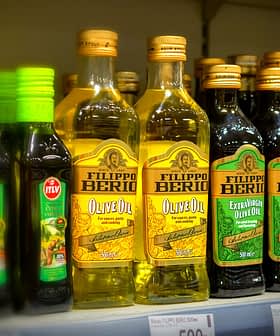 259.8K reads
259.8K readsBasics
How Many Olive Varieties Are There and Which Are the Most Popular?
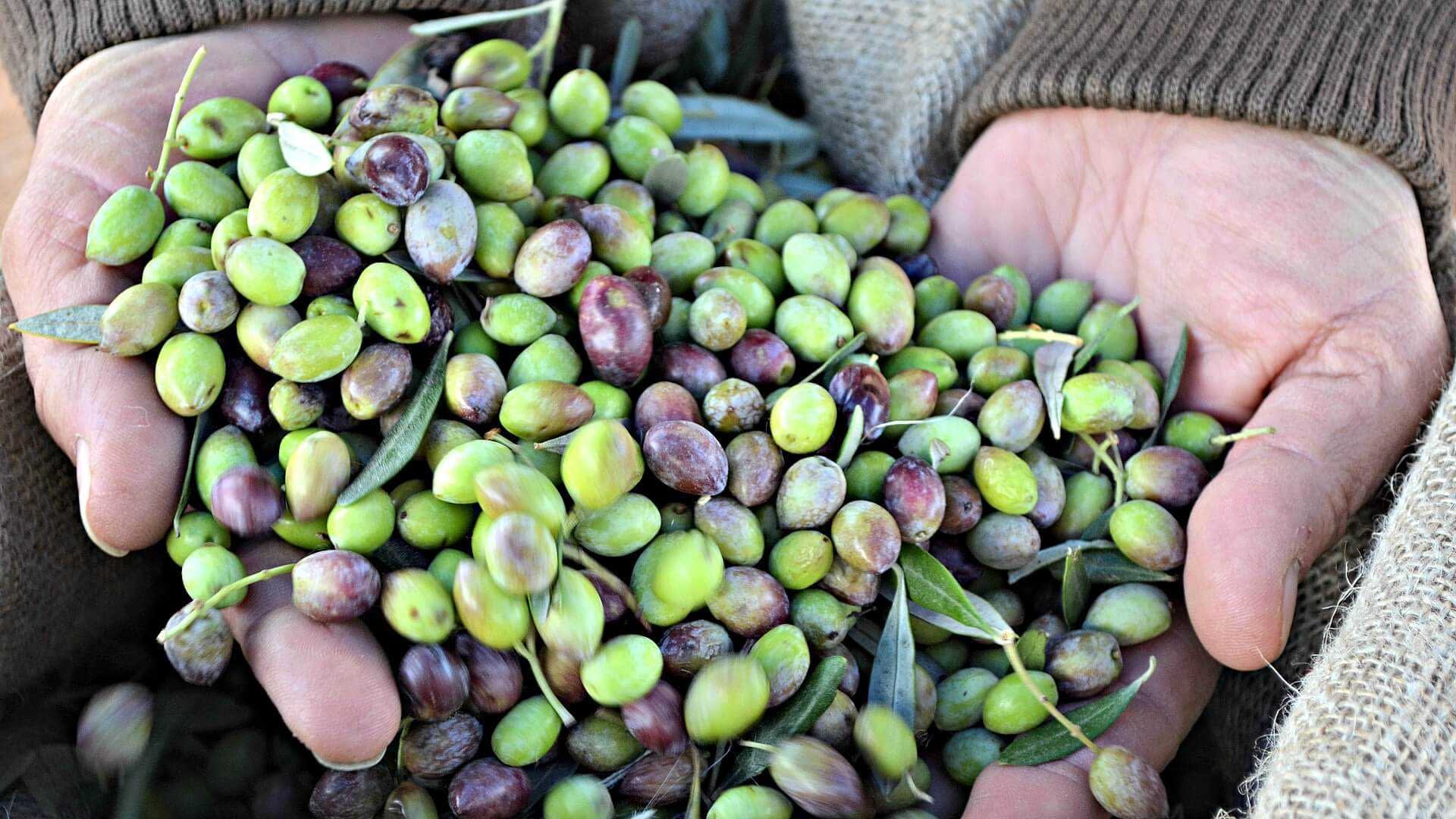
For the past 6,000 years, olives have been cultivated and pressed for oil, with archaeological evidence suggesting they were one of the first fruit trees domesticated in the Mediterranean. Today, olives are grown in dozens of countries, with 90 percent of the harvest destined for oil production and the remaining 10 percent processed as table olives. Different olive cultivars have unique characteristics and are used for both oil and table olives, with popular varieties including Picual, Arbequina, Hojiblanca, Leccino, Frantoio, Coratina, Kalamata, Koroneiki, Cobrançosa, and Mission.
For the past 6,000 years, people have been eating domesticated olives and pressing the drupes for oil. Archaeologists have found substantial evidence to suggest that olives were one of the first fruit trees to be domesticated on the eastern rim of the Mediterranean basin.
Since then, olive tree cultivation has expanded to the rest of the Mediterranean region, largely thanks to Phonecian traders, who first brought olive trees to places now synonymous with table olive and olive oil production – Tuscany, Andalusia and Tunisia.
These days, olives are grown in dozens of countries on every continent except Antarctica. According to estimates from the International Olive Council, 90 percent of the olives currently being harvested are destined for oil production. The remaining 10 percent are processed as table olives.
See Also:Olive Oil BasicsTo most casual consumers, it would appear that there are two predominant types of olives: black and green. However, all olives begin as green and slowly transform to light brown and reddish-purple before fully ripening and becoming dark black.
The IOC estimates that 139 olive varieties (or cultivars — the terms may be used interchangeably) grown in 23 countries account for roughly 85 percent of the world’s olive production.
Each olive cultivar has its own unique chemical and taste characteristics. However, oils made from the same cultivar can differ depending on the cultivation, harvesting and processing variations.
Olive oil made from a single variety is called a monovarietal, or monocultivar olive oil. Blends are crafted using oils from two or more cultivars.
Here are some facts about just a few of the most common varieties used in oil and as table olives.
Picual
Country: Spain
Use: Oil
According to a recent study, about one-third of the world’s olive oil production comes from Picual olives. Picual olives boast a high oil content – between 20 and 27 percent.
When transformed into virgin or extra virgin olive oil, Picual varietals have a high level of polyphenols. Less than a quarter of harvested Picual olives are transformed into virgin or extra virgin olive oil, but that number is rising as it continues to win awards on the world stage.
See Also:Award-Winning Picual Olive OilsThe vast majority of Picual olives are grown in Jaén, in Andalusia. However, this durable variety also has been exported worldwide and thrives in places as varied as New Zealand, Egypt and California.
Arbequina
Country: Spain
Use: Oil and table
After Picual, Arbequina olives are the second most commonly used in olive oil production, with roughly 10 percent of the world’s olive oil coming from the native variety of Catalonia.
Due to the small, uniform shape of the drupes, Arbequina olives are easily harvested and frequently chosen for mechanized harvesting operations. Their high oil content and adaptability contribute to their popularity among producers.
See Also:Award-Winning Arbequina Olive OilsAlong with being a popular oil variety, Arbequina is also used as table olives. Their fairly low polyphenol concentration gives them a mild, buttery flavor many consumers prefer.
Hojiblanca
Country: Spain
Use: Oil and table
Originating in the southern Spanish province of Córdoba, Hojiblanca olives are the third most common cultivar after Picual and Arbequina.
Hojiblanca trees are popular among farmers due to their hardiness – they are both resistant to drought and cold – as well as to their large olives, which have an oil yield of 17 to 19 percent.
See Also:The Best Hojiblanca Olive OilsOils made from Hojiblanca have a distinctive flavor, with a sweet start and a bitter aftertaste. Since it has a lower oil content than the dominant Picual and Arbequina varieties, Hojiblanca olives are especially popular as table olives.
Leccino
Country: Italy
Use: Oil
Leccino olives are one of Italy’s most prominent cultivars, with deep historical roots and many favorable production attributes.
The first mention of the cultivar in historic literature comes in the Middle Ages, and it is believed that Leccino olives originated in Tuscany. The variety, which has an average oil yield of about 18 to 21 percent, is now commonly grown throughout northern and central Italy, thriving in the cooler weather of the hilly and mountainous heart of the peninsula.
See Also:The Best Leccino Olive OilsLeccino trees grow quickly and are very productive under the correct conditions, which has made them popular with producers not only from Italy but also Chile, Australia and California.
Frantoio
Country: Italy
Use: Oil
Also originating in the central Italy region of Tuscany, Frantoio olives are another prominent Italian cultivar for olive oil production. Frantoio trees grow well in mild conditions and are more tolerant of extremely hot and cold weather than other varieties.
Frantoio olives have an average oil yield of 23 to 28 percent, making them popular among commercial growers. The resulting oil is generally characterized as fruity with a pleasant bitterness.
See Also:The Best Frantoio Olive OilsAs a result of these three factors, Frantoio olives have been exported all over the world and are commercially harvested on six continents.
Coratina
Country: Italy
Use: Oil
Along with the Leccino and Frantoio varieties, Coratina olives are one of the most popular cultivars in Italy. Originally from the southern Italian region of Puglia, the olives are highly adaptable.
Due to this adaptability, Coratina olives have been proven viable cultivars in many places. However, the variety is not commonly grown outside of Italy, in part, due to the non-uniform shape of the olives, which makes harvesting more difficult.
See Also:The Best Coratina Olive OilsCoratina trees produce large and rounded olives with an oil yield of up to 25 percent. The oil is generally characterized as robust and bitter and is also touted for its high polyphenols and other antioxidants.
Kalamata
Country: Greece
Use: Table and oil
Hailing from the southwest of the Peloponnese peninsula, Kalamata olives are perhaps the most well-known table olive varieties. The traditional Greek olives are large and harvested once fully ripened – turning dark purple or black.
The olives are described as meaty due to the abundance of flesh and relatively low oil content – about seven percent – and frequently preserved in wine vinegar or olive oil. The olives are handpicked after turning black and never harvested while green.
In the E.U. and several countries with trade agreements, Kalamata olives enjoy Protected Designation of Origin status, meaning the name can only be used for olives from the Kalamata region of Greece.
Koroneiki
Country: Greece
Use: Oil
Koroneiki olives are the chief oil variety in Greece and are grown throughout the mainland and the country’s many islands. It is estimated that between 50 and 60 percent of Greece’s olive-growing acreage is dedicated to Koroneiki.
Along with the Arbequina and Picual varieties, Koroneiki is well-suited to intensive (high-density mechanical) harvesting. As a result, Koroneiki olives are grown in 19 different countries worldwide.
See Also:The Best Koroneiki Olive OilsGenerally, Koroneiki olives have a high level of polyphenols and oleocanthal, which gives the oils a bitter and intense flavor.
Cobrançosa
Country: Portugal
Use: Oil
Making up roughly 10 percent of Portugal’s olive-growing acreage, Cobrançosa olives are one of the country’s most popular varieties.
Considered a highly productive tree, Cobrançosa olives are medium-sized and yield an oil with a distinctive and intense spicy and bitter flavor.
Despite being traditionally grown in the hilly Trás-os-Montes region of the country, Cobrançosa olives have spread throughout the rest of the country.
See Also:The Best Cobrancosa Olive OilsOlive oils produced from the olives in Trás-os-Montes, Beira Alta, North Alentejo and Alentejo Interior all have a Protected Designation of Origin indication.
Mission
Country: United States
Use: Oil and Table
The flagship olive variety of the United States, Mission olives were first developed in California after Franciscan missionaries arrived in San Diego Bay in 1769. Over the next 50 years, another 21 missions would be established in California, each with its own olive grove.
Today, Mission olives remain one of the primary varieties grown in California, representing about eight percent of the state’s olive-growing acreage. Roughly 50 percent of the table olives produced in California are also Mission olives.
See Also:The Best Mission Olive OilsMission trees produce small drupes, yielding a milder buttery oil. As table olives, Mission olives are both harvested and brined before ripening or cured once they have ripened.
Discover award-winning cultivars
The Official Guide to the World’s Best Olive Oils has a feature that lets you filter by cultivar to explore the award-winning brands that are made from each variety.
This year, more awarded oils were made with Picual than any other cultivar, followed by Koroneiki, Coratina, Arbequina and Frantoio.



